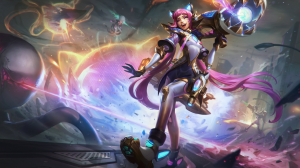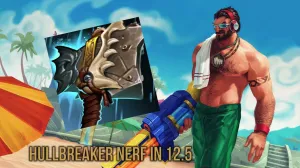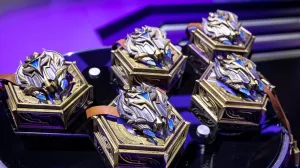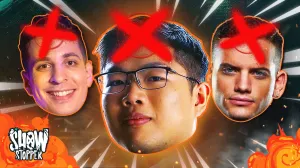With the start of the 2022 VALORANT Champions Tour and the new league system, the conversation around teams and their tiers has circulated again. Tier 1 VALORANT vs. Tier 2 VALORANT is a nebulous concept that mostly comes up when players are looking for teams and are describing their experience with the esports’ system. But what actually differentiates the two?
TSM and T1 are still considered by some as Tier 1 VALORANT teams, despite them not making the most recent VCT Challengers league in North America. Conversely in the Europe, Middle East and Africa region, their are some teams that are in the league that others don’t consider Tier 1 squads.
When asked what the difference between the two types of teams are, Berlin International Gaming’s Nico “Obnoks” Garczarczyk said the gap is small and the distinction is in the details of how they play the game.
“There’s not the biggest difference, but there’s a difference,” Obnoks said in a post-match interview after BIG’s loss to FunPlus Phoenix. “I would say mistakes. Tier 1 teams are not doing big mistakes. You can see also from our last map, mistakes are losing us the game.”
Obnoks rates his team as the top of Tier 2, which is in conjunction with most analysts. The team did not make a dent into what many consider Tier 1 competition, failing to make any Challengers events across 2021. But in 2022, they managed to beat out many other EMEA squads like Team Vitality, Alliance and TENSTAR to qualify for VCT Challengers.
For Knights’ Jett player Joseph “ban” Seungmin Oh, who lost his first match in NA Challengers to Version1, the ability to compete with the top teams is what distinguishes Tier 1 squads from the rest of the competition. That said, he rates his own team as bumping against the Tier 2 ceiling. They played well against top competition like XSET, The Guard and Akrew at the Nerd Street Gamers Winter Championship.
“I think what makes a Tier 1 team is basically, what the top five teams are and I feel like if you could compete with them, you are at that level,” ban said.
While competing against the top teams is a good measure, results are also an indicator of Tier 1 status. Some organizations pay for top talent and if they start losing and dropping out of tournaments then they quickly lose that status. Take for example Team Heretics, the EMEA First Strike winners and Stage 1 Masters finalists. They did not qualify for Challengers, despite their decent roster and are now on the outside looking in while competing in VALORANT Regional League Spain: Rising.
But at the end of the day, ranking teams outside of direct results in a tournament setting is a subjective activity. While Obnocks said he thinks there are other teams in EMEA Challengers that he would consider top of Tier 2 and not Tier 1, they are all competing for the top spot in their respective groups.
According to ban, who competed previously on a Tier 1 side in Luminosity, the outside noise of tiering teams is used largely for motivation.
“I don’t really mind what people think what tiers other teams are, because as long as we did the right things, we can just prove people wrong, whatever they think,” ban said.









